Meterological forecasts suggest that we are probably heading into a wet (La Niña) summer, so I wanted to raise the profile of an often-overlooked ecosystem, ephemeral wetlands. These are wetlands that have been formed from depressions in the ground that temporarily hold water after substantial rain events and dry out periodically. They are usually isolated without permanent inlets or outlets but can overflow during heavy periods of rain. Some are perched on bed rock and clay soils, while on sandy soils they are effectively windows into an underground water table.
By their very nature, ephemeral wetlands are highly dynamic ecosystems with rising and falling water levels creating feeding and breeding opportunities for a diverse variety of fauna. Periods of drying limit the ability of fish to establish and therefore create ideal breeding habitats for frogs and invertebrates with the reduced competition and predation. The native vegetation within ephemeral wetlands tends to be tolerant of flooding and drying, although aquatic plants that flourish in wetter periods die off without water with some species surviving in the seed bank until water returns.
In south-east Queensland it is generally late spring or summer rains that fill these wetlands, triggering breeding events for frogs, which thrive in wet and warm conditions. They emerge from underground burrows, tree hollows and other places of refuge in which they sought shelter. It can be quite an event to experience male frogs of various species calling simultaneously to attract mates. Treefrogs like the Graceful Treefrog, Laughing Treefrog and Eastern Sedgefrog call from vantage points on vegetation, while burrowing frogs including the Ornate Burrowing Frog and Scarlet-sided Pobblebonk call from the water surface. The Striped Rocketfrog and Green-thighed Frog tend to call from the water’s edge or on floating debris.
The species mix of a particular wetland is usually dependent on the elevation, vegetation and pH of the water. Some species like the Wallum Sedgefrog, Wallum Rocketfrog and Wallum Froglet are specialised for life in the acidic waters of coastal lowland wetlands.
Filled ephemeral wetlands quickly become breeding and foraging habitat for dragonflies, damselflies, water beetles, water bugs and many other invertebrates. One of the most impressive is the Giant Water Bug, measuring up to 70mm in length. It is capable of taking large prey items, with its needle pointed forearms and powerful rostrum, including frogs and their tadpoles. Dragonflies and damselflies are like the raptors of the insect world, acrobatically taking prey on the wing. They often have showy colours and descriptive names like Aurora Bluetail, Common Flatwing, Australian Emperor, Scarlet Percher, Fiery Skimmer and Graphic Flutterer.
Where there are frogs and invertebrates thriving, you will also find higher order predators like reptiles, birds and mammals taking advantage of the good times. Snakes like the Keelback, Rough-scaled Snake, Marsh Snake and Red-bellied Black Snake have a taste for frogs. The Keelback readily takes to the water in search of prey. Secretive birds like the Spotless Crake, Lewin’s Rail and Australian Little Bittern mainly stay hidden, catching prey amongst dense reeds and rushes along with grassbirds, reed-warblers and cisticolas. The Water Rat or Rakali is Australia’s largest rodent and with its partially webbed hind feet and dense water-resistant fur, it is well at home in ephemeral wetlands.
Fauna activity is often most noticeable when ephemeral wetlands are drying out and aquatic prey becomes concentrated. Birds like the Royal Spoonbill, Little Egret, Glossy Ibis and Black-necked Stork move into wetlands during these times to take advantage of the feast. Exposed mud and shallow water can provide habitat for migratory shorebirds like Latham’s Snipe and Sharp-tailed and Marsh Sandpiper, along with resident Pied Stilt, Black-fronted and Red-kneed Dotterel or even the endangered Australian Painted Snipe. Flying insects emerging from the water also offer food for swallows, woodswallows, martins and swifts. Throw in a few raptors like the White-bellied Sea-eagle, Swamp Harrier, Whistling Kite and Australian Hobby and everyone else has to watch their back against an opportunistic attack.
Once the water evaporates and the mud dries, much of the life seems to disappear from ephemeral wetlands. But regardless of their size or how often they fill, they are valuable habitat for fauna and flora. When dry this value may not be immediately obvious but it’s amazing what happens when you just add water.
Article and photos by Todd Burrows
Land for Wildlife Officer
City of Gold Coast
View Full Newsletter

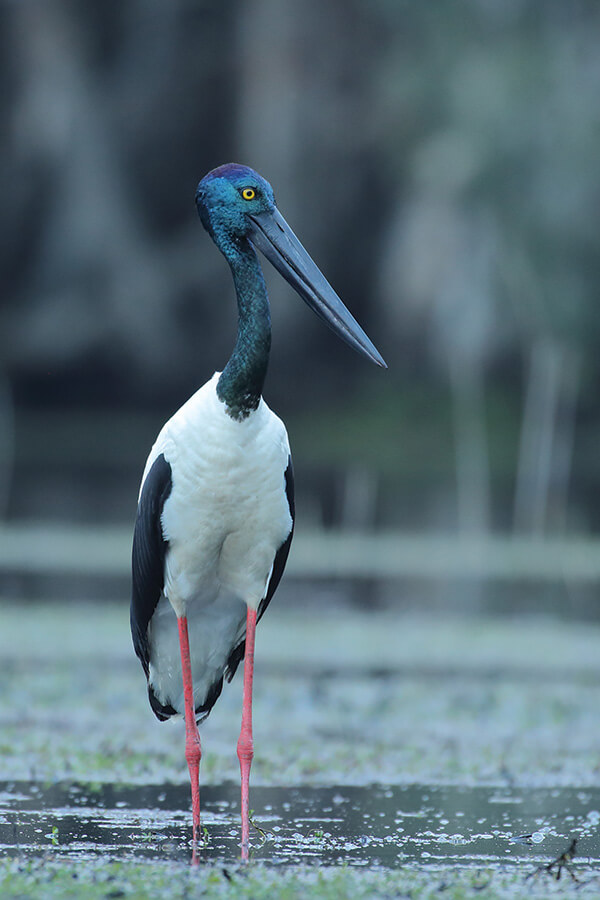

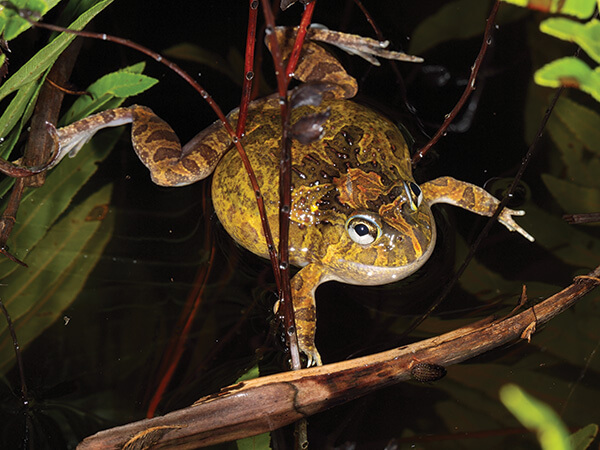
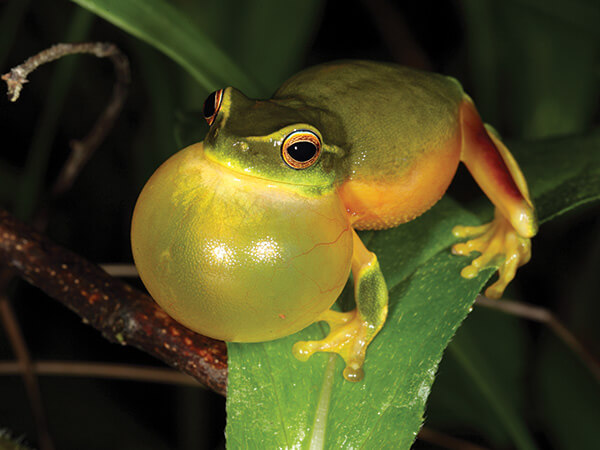
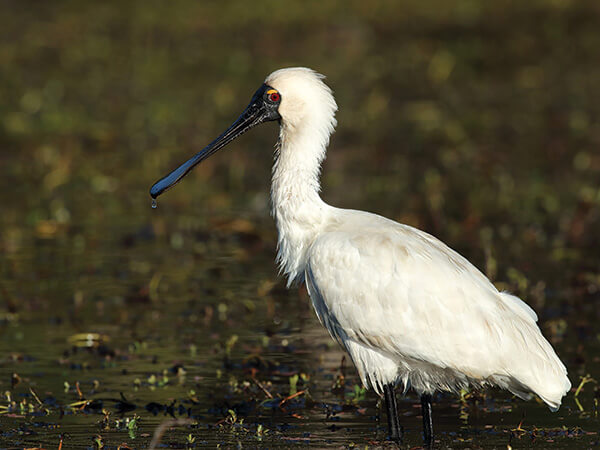
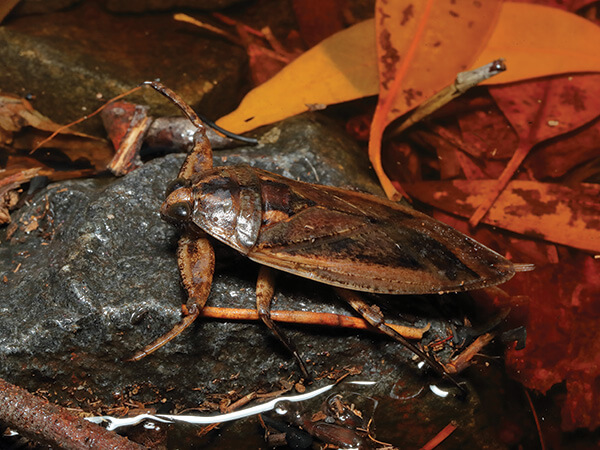
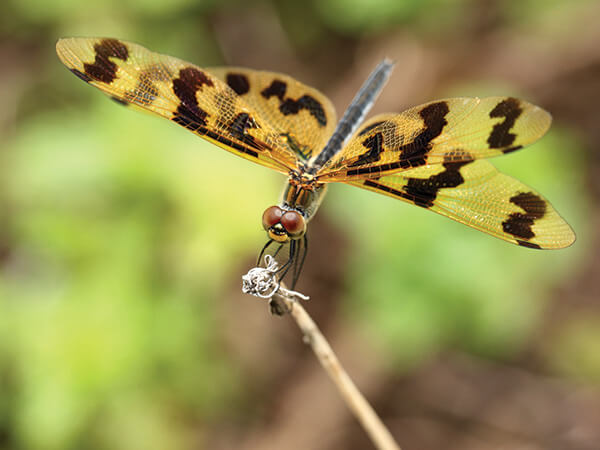
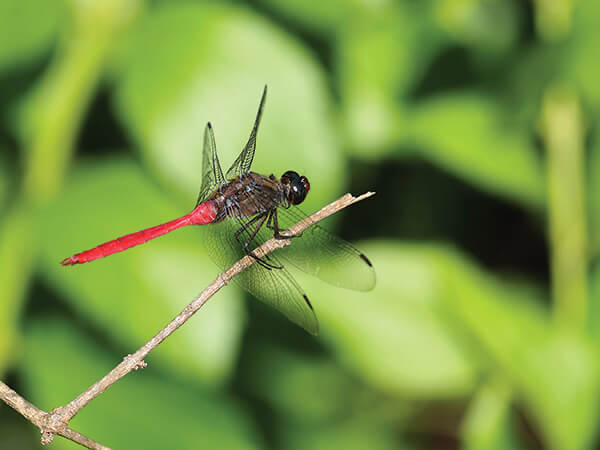
Enjoyed your article, thank you Todd,
My property at Peregian Beach fronts ephemeral ponds which run for about 1k behind 2 streets and the Dunes. Over the 26years living here there have been around 6 or 7 ponding events of varying magnitude!
At citizen science entry level I have calculated the volume of rainfall required, after the ground is saturated, for the ponding to have the potential to enter low lying properties.
With recent construction of more and bigger houses with large concrete driveways this calculation needs recalibrating! A concerning impact for me to build into the equation is the habit of some residents to ‘dump’ lawn clippings and garden ‘waste’ into the pond area and of late the worrying trend of private paths from houses to the dunes being made from hardfill material.
I have expressed my opinion to Councillors and staff of the need for action to be taken due to the potential of slowing natural seepage through the dunes to the beach to the point of increasing flooding to a number of properties. Unfortunately Council processes moves at a pace slower than climate change!
My question is do you have or know of a ‘Hydrologist’ who may have knowledge on the natural processes of ephemeral ponding being interrupted by human activities.
Many thanks, Ron Gooch
Hi Ron. You may find some details on the Creeks and Catchments website.
https://www.catchmentsandcreeks.com.au/
or someone at Mary River Catchment Coordinating Committee may be able to assist – https://mrccc.org.au/about-the-mrccc/